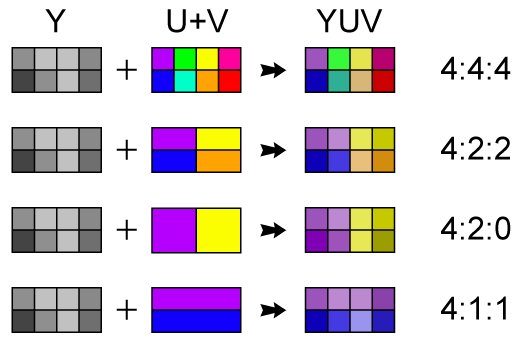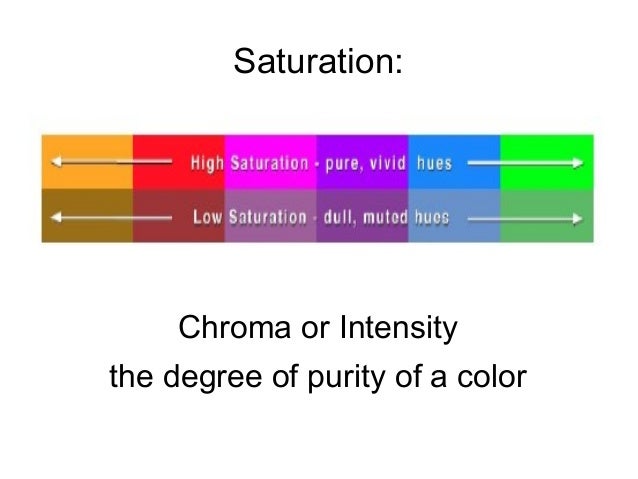

#Chroma meaning full#
You can read it like this: Given 4 pixels wide (J), how many unique color pixels in row 1 (a) and row 2 (b) should be used? Some of the more common chroma expressions are 4:4:4, 4:2:2, and 4:2:0 (4:4:4 represents the full color space, so no subsampling is performed).
#Chroma meaning how to#
b describes how many samples are taken in the lower rowįundamentally, this notation expresses how to sample just the chroma while leaving the luma intact.a describes how many samples are taken in the upper row of pixels.J indicates the number of luminance samples that will be taken.The notation indicates how the sampling values are applied to a 2 x 4 block of pixels: If color space is more your thing, think of it in terms of YUV. There are several different notations for chroma subsampling, each with their own complicated history, but the most common notation is J:a:b. Understanding Chroma Subsampling Notation Synthetic images have a higher spatial frequency, with sharp edges and fine details, but most people still cannot notice differences between subsampling rates at typical viewing distances. The uneven or textured features make it difficult to notice the effects of subsampling. That’s because natural images have a lower spatial frequency – meaning the images are typified by large and coarse/uneven features.


Although color information is discarded, human eyes are much more sensitive to variations in brightness than in color.Ĭontinuous tone (natural) images are less impacted by subsampling than synthetic (computer) imagery. The color component information (chroma) is reduced by sampling them at a lower rate than the brightness (luma). This allowed them to reduce the color detail enough (while maintaining the brightness) to transmit color images to our televisions, and the concept of chroma subsampling was born.Ĭhroma subsampling involves the reduction of color resolution in video signals in order to save bandwidth. Fortunately, the team determined that the human eye is much more sensitive to changes in brightness than color. Back in ancient times, when the earth was still cooling and color TV did not yet exist, some very smart engineers were wrestling with how to compress color television signals to only 6MHz for transmission.


 0 kommentar(er)
0 kommentar(er)
